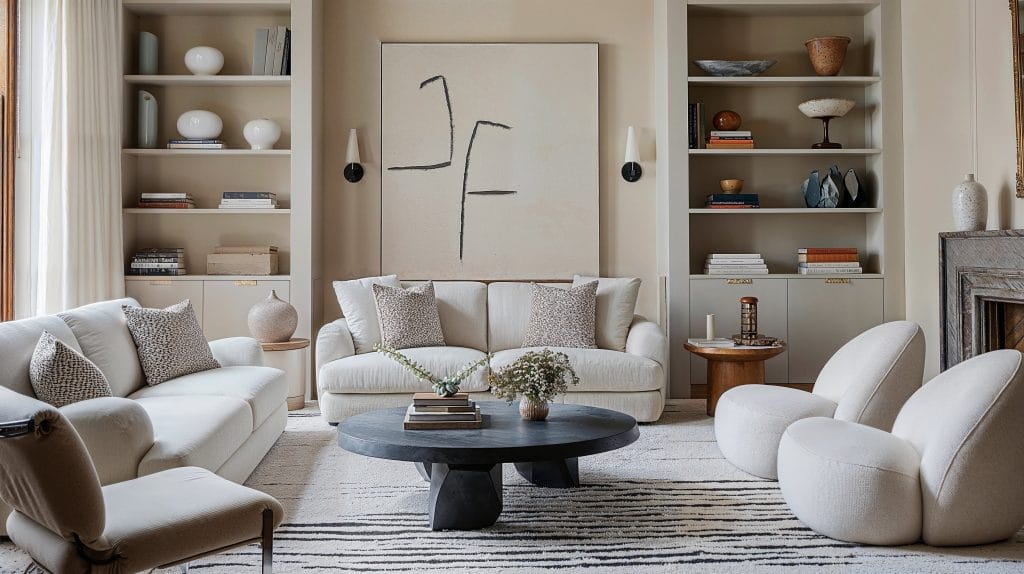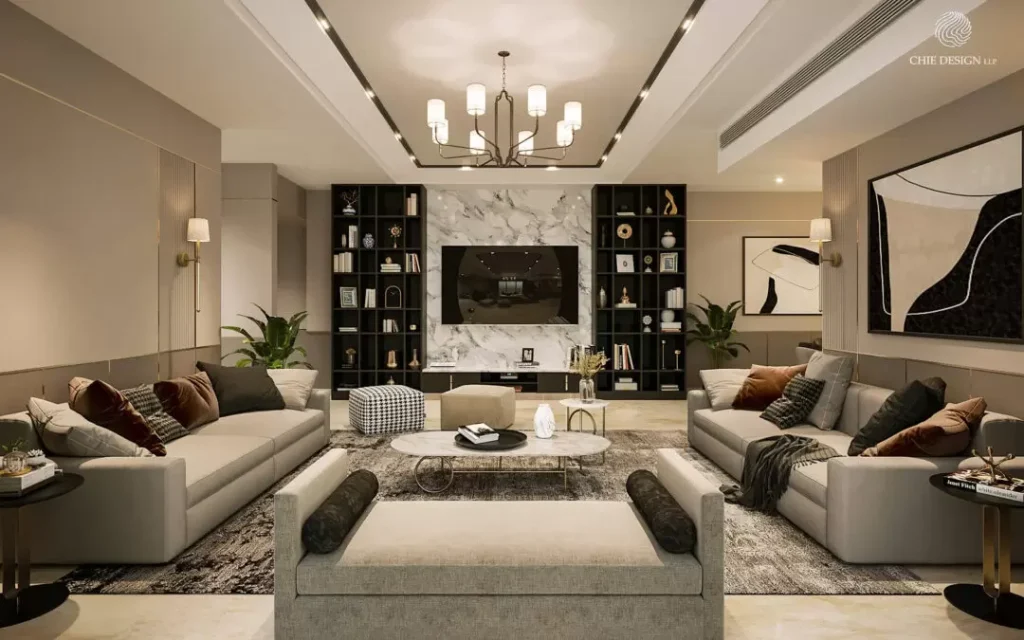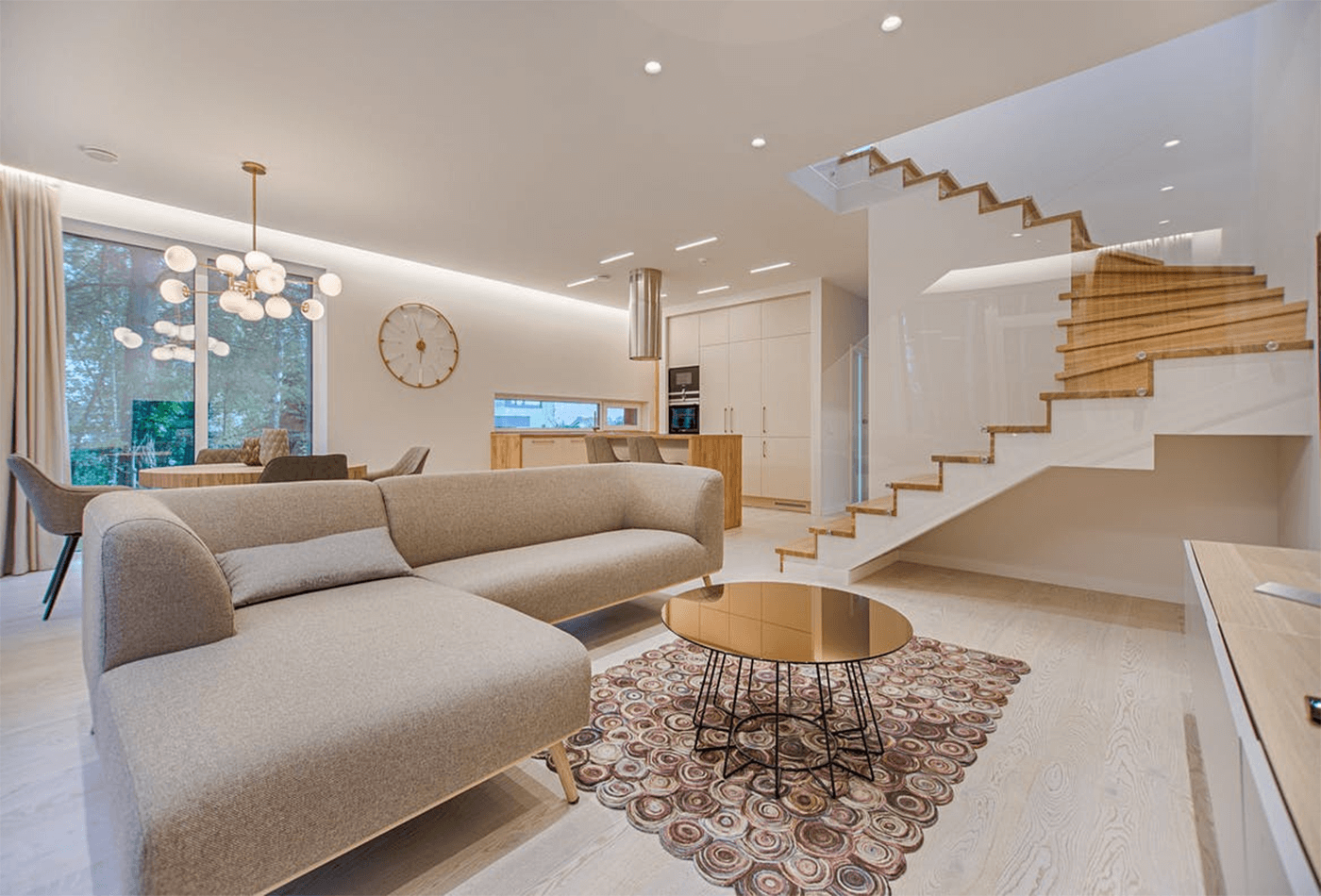Interior designers with exceptional work have a unique vision that blends modern trends with timeless appeal, constantly pushing the boundaries of design. Their creativity is often inspired by art and architecture throughout history.

Many professional interior designers undergo formal training in subjects like color theory, fabric design, computer-aided design (CAD), space planning, and furniture design. Understanding various design styles is crucial to meeting clients’ needs, particularly when their preferences aren’t easily defined. For example, knowing whether a client prefers traditional or modern design can be key to a successful outcome.
Classic design, for instance, draws from 18th and 19th-century European influences, with rich wood furniture, damask and floral patterns, and ornate details like dentil moldings. Pieces such as curved Klismos chairs or tufted ottomans add refined elegance to the space.
Materials play an important role in interior design, offering opportunities for creativity. Sustainable options like cotton, hemp, and recycled glass are popular due to their eco-friendly properties, while ceramic tiles and wood provide versatile choices that can be customized to suit any style.
Lighting is another crucial element in design, shaping the mood and functionality of a room. It enhances the appearance of colors, highlights artwork or architectural features, and adds layers of depth to a space. Professional designers use lighting to create drama and warmth, ensuring that spaces feel inviting and dynamic.
Space planning is a vital part of interior design. It involves arranging furniture and elements in a way that maximizes comfort, flow, and efficiency, taking into account safety and building regulations. Effective space planning ensures that the room meets the client’s needs while balancing aesthetics with practicality.

When budgeting for a project, it’s important to consider the size, quality, and timeline of the design. Establishing a clear budget upfront can prevent overspending. Designers often charge by the hour, per project, or as a percentage of the total cost. Prioritizing client needs and planning for unexpected costs ensures the project stays on track and within budget.

